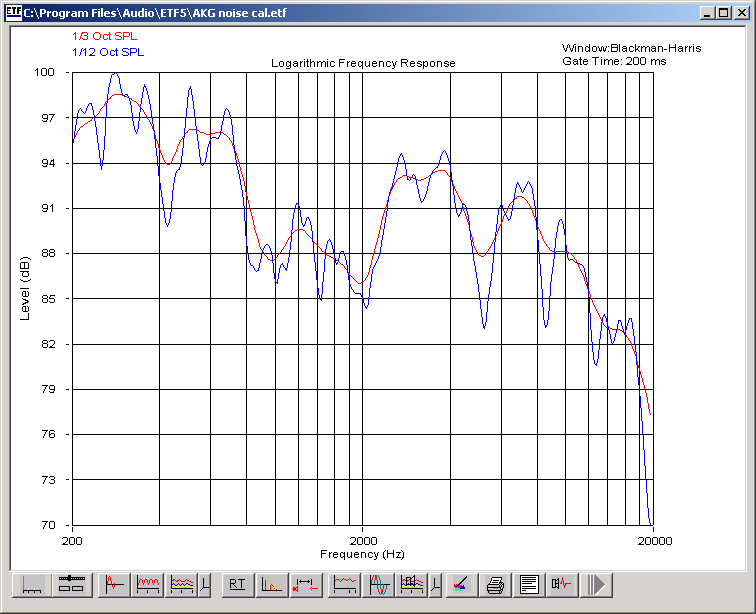Hi guys,
I have a small home studio with KRK nearfield monitors and a KRK sub.
I borrowed a reference frequency CD from a friend (which goes through the 1/3rd octave bands from 20Hz to 20kHz) and I set it up with a condensor mic in the normal listening position to see the dB at the different frequencies.
So now I have the levels for each frequency and there aren't any major peaks or troughs, but I want to know what amount (in terms of dB) peaks I should be worried about. There are a couple of peaks at around 400Hz and 1K that a about 3dB higher than the average level for most of the other frequencies. However, the frequencies from 63Hz to 8K are all within a 6dB band.
Obviously this could also be down to the mic, but I'm not sure whether I should worry about it and try to EQ it out, or is this a 'normal' amount of difference ('normal' being a relative word!) that I will just get used to as I learn the sound of my monitors?
Any advice/opinions appreciated.
I have a small home studio with KRK nearfield monitors and a KRK sub.
I borrowed a reference frequency CD from a friend (which goes through the 1/3rd octave bands from 20Hz to 20kHz) and I set it up with a condensor mic in the normal listening position to see the dB at the different frequencies.
So now I have the levels for each frequency and there aren't any major peaks or troughs, but I want to know what amount (in terms of dB) peaks I should be worried about. There are a couple of peaks at around 400Hz and 1K that a about 3dB higher than the average level for most of the other frequencies. However, the frequencies from 63Hz to 8K are all within a 6dB band.
Obviously this could also be down to the mic, but I'm not sure whether I should worry about it and try to EQ it out, or is this a 'normal' amount of difference ('normal' being a relative word!) that I will just get used to as I learn the sound of my monitors?
Any advice/opinions appreciated.


